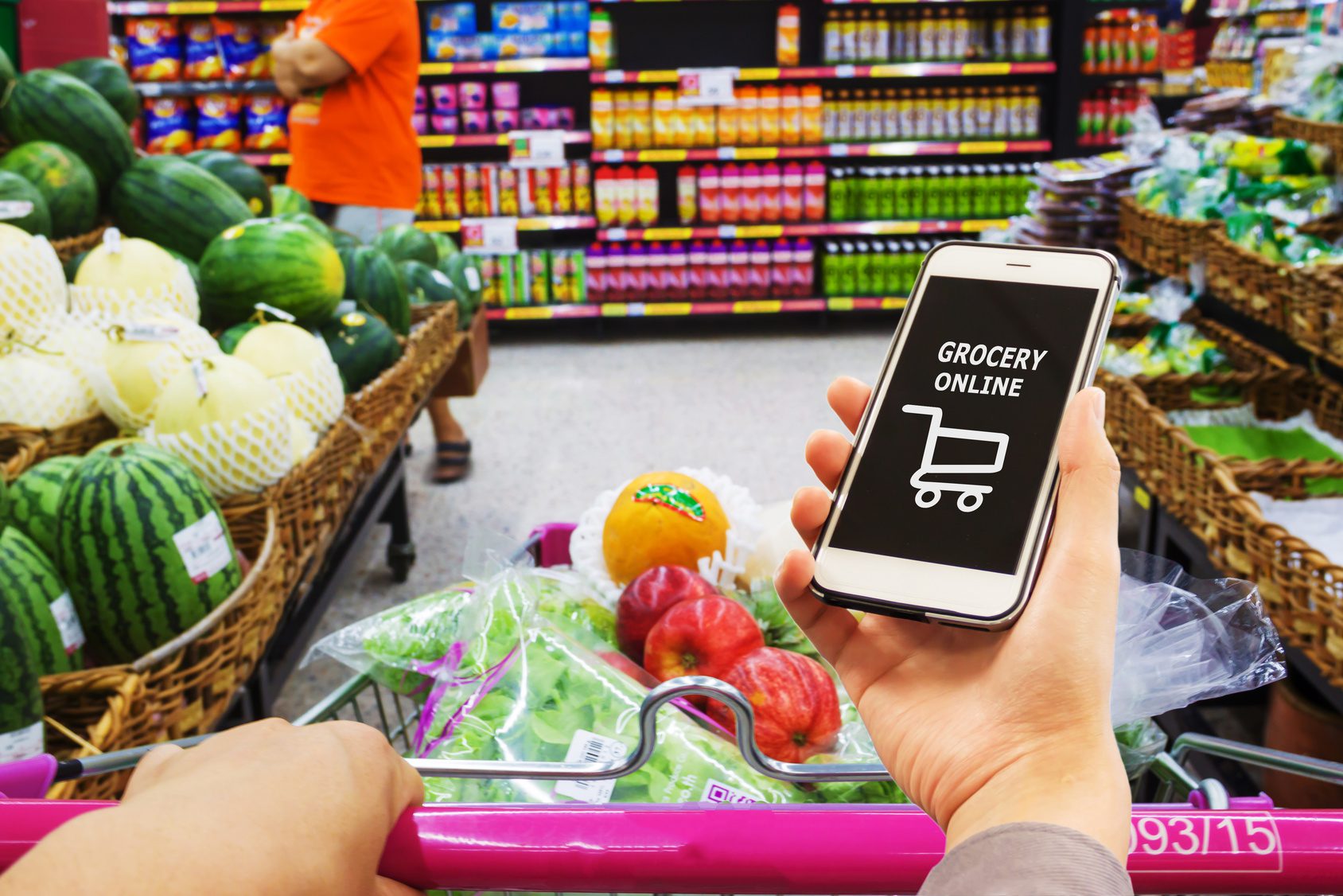The battle lines have been drawn in the high-stakes online grocery business. Major grocery and delivery aggregators are hungry for increased volume and market share, as the following Bloomberg.com article reports.
For many years, FreshDirect has ruled the online grocery business in New York. In a city where most people don’t own cars, the company prospered by delivering a broad selection of fresh food to New Yorkers’ stoops and front lobbies. Families from Brooklyn to the Upper West Side came to rely on FreshDirect’s prepared meals, which were a snap to heat up and went down easy. Profitable, a rare feat in this corner of the web, the company kept expanding—adding new products to its website, rolling out same-day delivery of some items and opening a new fulfillment center that was supposed to cement its dominance.
In recent months, however, New Yorkers have found reason to go elsewhere. FreshDirect’s expansion has been bumpy, with more than a few deliveries going astray and once-loyal customers griping on social media. Meanwhile, four deep-pocketed rivals have set their sights on New York. Walmart Inc.’s Jet.com, which has connected with urban millennials, just doubled down on groceries. Peapod, owned by Europe’s Ahold Delhaize NV, has almost three decades of experience in online groceries and says New York is a big part of an ambitious growth strategy.
Instacart is flush with nearly $1 billion in funding to grow its army of contractors who pick, pack and deliver bread and bananas for same-day delivery. And looming over them all is Amazon.com Inc., wielding reams of data from its millions of Prime subscribers and more than a dozen Whole Foods Market stores around the city.
While this article reports on New York City, this competition will be playing out across the U.S. as Mercator believes that 2019 is the breakout year for online grocery ordering. Compared to the U.K. where online represents about 8% of total grocery sales, the U.S. is only at 1-2%.


That’s why national grocers and delivery partners are investing heavily in technology and logistics to take advantage of this untapped market. Keep in mind that there are two types of fulfillment for online grocery ordering. In densely populated cities like New York, delivery is the norm. But in suburbia, curbside pickup tends to be the preferred order fulfillment method. In either case, consumers will benefit as online grocery providers aggressively seek their business.
Overview by Raymond Pucci, Director, Merchant Services at Mercator Advisory Group











